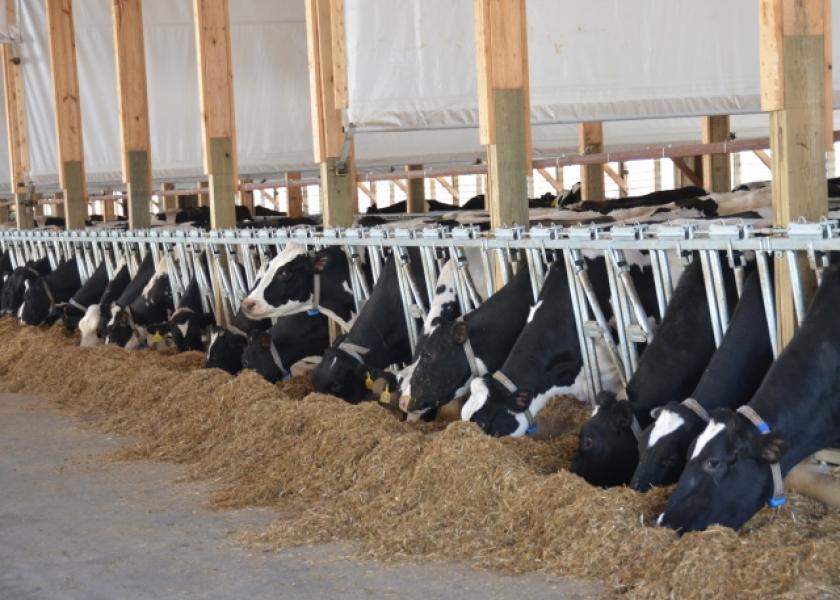Nutrient Knowledge: Feeding for Components

It’s 2021, but milk prices seem to resemble early 2020. With Class III and Class IV prices not predicted to increase much until early spring, some dairy producers are left wondering if there are other ways to add a few more cents to their final pay price.
While producers aren’t able to control what they receive for their milk, they are able make slight adjustments to the protein and fat levels in their bulk tank. The easiest way to do so is by modifying the feed ration. According to Bill Weiss and Dianne Shoemaker, extension dairy specialists at the Ohio State University, milk composition can change rapidly in response to diet manipulation, which allows producers to capture added value based on changes in the market value of milk protein and milk fat.
Although modifying feed rations to boost components may sound like an easy way to tack on a few cents per cwt. to your milk check, it’s important to understand the give-and-take relationship between milk fat and protein. Increasing fat content typically leads to a decrease in protein content, and vice versa. Therefore, producers should consider altering diets to take advantage of changes in the relative value of milk fat to milk protein, according to the specialists.
If you’re looking to bump up the fat or protein levels in your milk, Weiss and Shoemaker suggest the following:
Protein
1. Increase dietary starch concentrations. This can be done by adding more ground corn to the ration. However, it’s important to not add too much starch as this can lead to acidosis, severe milk fat depression, lameness and other health problems.
2. Increase dietary inclusion of fermentable starch. Examples of this include high moisture corn or wheat grain.
3. Increase concentrations of high quality, undegradable protein.
4. Improve the amino acid profile by feeding specific protein sources or by feeding rumen protected amino acids, especially methionine.
5. Reduce the concentration of dietary fat. Examples include fat supplements, distillers grains, whole cottonseed or whole soybeans.
Fat
1. Reduce dietary starch concentrations. Common ways to do this include increasing non-forage fiber sources, highly digestible forages or sugars.
2. Reduce dietary inclusion of fermentable starch sources.
3. Increase inclusion rate of specific supplemental fat. This includes canola, cottonseed and raw, roasted soybeans.
4. Increase dietary cation-anion difference. Examples of this include feeding more potassium and sodium without increasing dietary chloride or sulfur.
5. Reducing dietary sulfur concentrations to just meet requirements. According to the specialists, this usually means reducing inclusion rate of distillers grains, which are usually high in sulfur.
As always, before making any changes to your feed rations, it’s important to consult with your nutritionist. Go over the goals you have set for your herd’s components and make adjustments as necessary.







